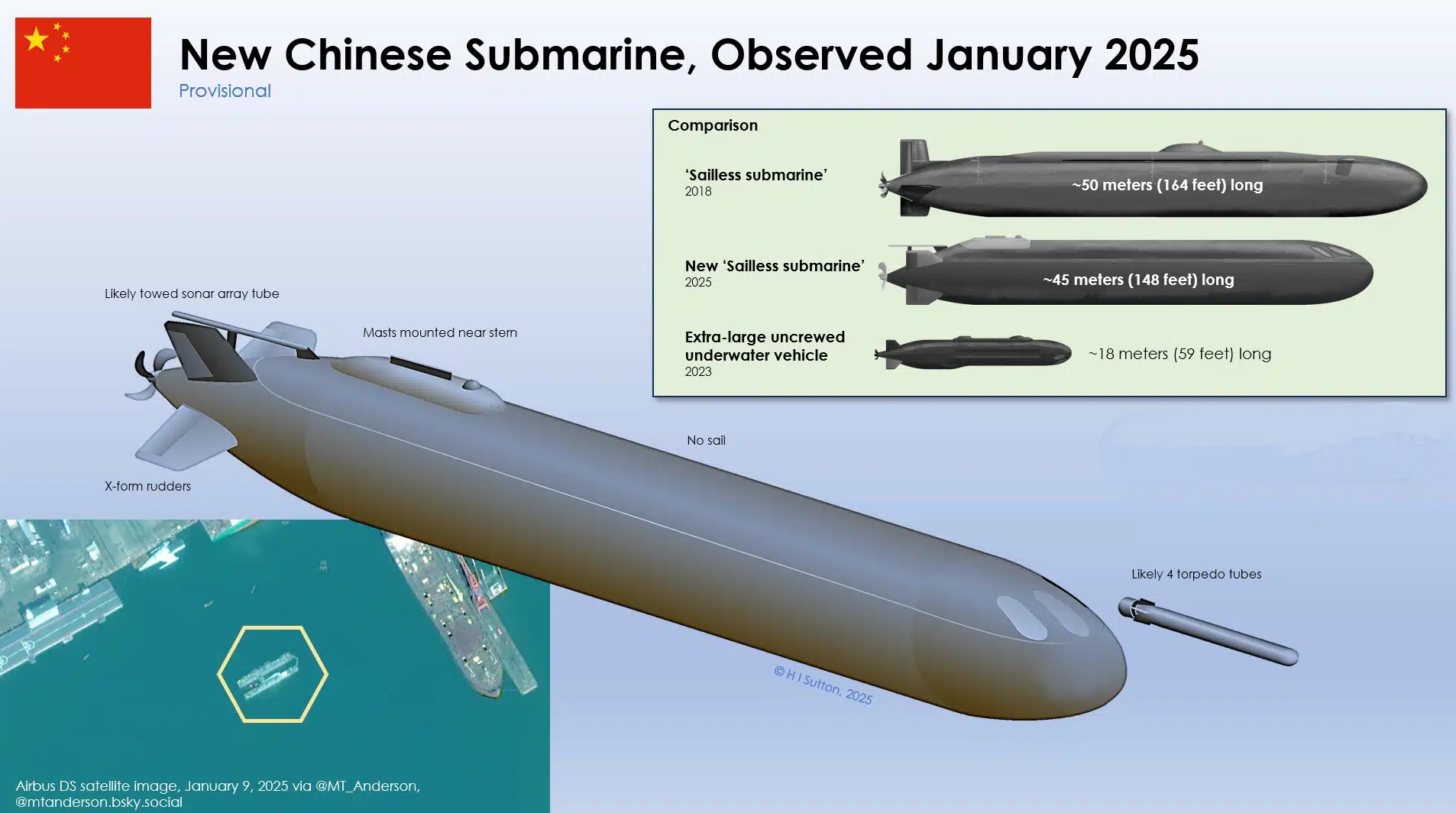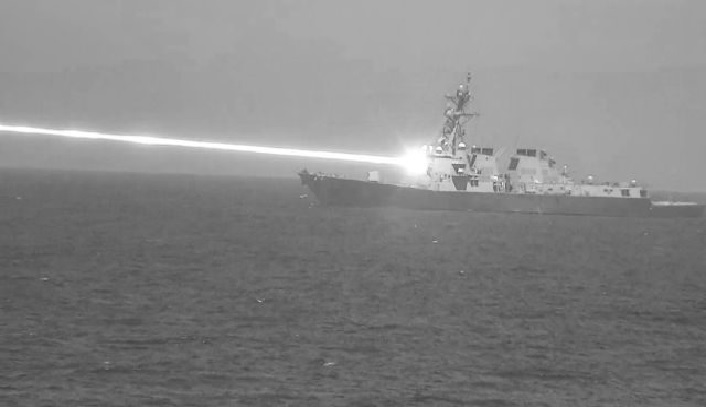Russia Unveils First Regiment Armed With Advanced S-500 Prometheus Air Defence System

On December 18, 2024, Russia reached a pivotal milestone in modern air defence by officially forming its first military regiment equipped with the state-of-the-art S-500 'Prometheus' missile system. General Valery Gerasimov, Chief of the General Staff of the Russian Armed Forces, announced this significant development during a high-profile briefing for military attachés from various nations. This step marks a new era in Russia's defence strategy, aimed at countering advanced aerial threats and asserting technological superiority on the global stage.
What Sets the S-500 Apart?
The S-500 'Prometheus' air defence missile system is an evolutionary leap in Russia's missile defence capabilities. It is uniquely designed to address a wide spectrum of contemporary threats, including hypersonic missiles, intercontinental ballistic missiles (ICBMs), and even low-orbit satellites.
Key Specifications and Capabilities:
- Extended Range: The S-500 can engage targets up to 600 kilometers away, significantly surpassing the range of its predecessors, the S-400 system (400 km).
- Multi-Layered Defence: The system can simultaneously track and intercept up to 10 ballistic missiles traveling at speeds of up to 7 kilometers per second.
- Satellite Targeting: With its ability to target satellites in low Earth orbit, the S-500 reinforces Russia's strategic capabilities in space warfare.
- Advanced Radar Technology: The system employs cutting-edge radar capable of detecting stealth aircraft, drones, and hypersonic objects, ensuring no adversary escapes its reach.
- Dual Configuration: The S-500 operates in two distinct configurations: one tailored for long-range air defence and another dedicated to missile interception, offering versatile battlefield applications.
Integration With Russia’s Defence Network
The S-500 is not a standalone solution but a critical piece in Russia's comprehensive air defence architecture. Designed to complement older systems like the S-300 and S-400, it strengthens the country's layered defence strategy. The integration ensures seamless communication and coordination across multiple defence tiers, creating an impenetrable shield against a wide array of threats.
Strategic Importance Amid Geopolitical Tensions
The creation of the first S-500 regiment comes at a time of heightened military activity near Russia's borders, particularly involving NATO forces. General Gerasimov underscored the system's role in addressing these strategic challenges. Its deployment enhances Russia's ability to counter sophisticated missile threats, including those posed by NATO's expanding arsenal of hypersonic weapons.
This deployment also signals Russia's readiness to confront emerging threats in the evolving landscape of global warfare. By incorporating advanced capabilities like multi-target engagement and satellite interception, the S-500 not only fortifies national defence but also extends Russia's influence in regional and international security dynamics.
A Glimpse Into the Future
The operationalization of the S-500 regiment is a testament to Russia's relentless pursuit of technological innovation in defence. As production scales up, more units are expected to be deployed across strategic locations, further bolstering the country’s defensive and offensive capabilities.
This move also underscores Russia's ambition to set global benchmarks in air defence technology. With the S-500 now in play, military analysts anticipate a ripple effect on defence strategies worldwide, pushing other nations to accelerate their own missile defence advancements.
In conclusion, the S-500 'Prometheus' represents not just a technological marvel but also a strategic statement of Russia's evolving military doctrine. Its ability to neutralize advanced threats and enhance national security positions it as a game-changer in modern warfare.



